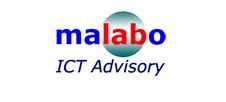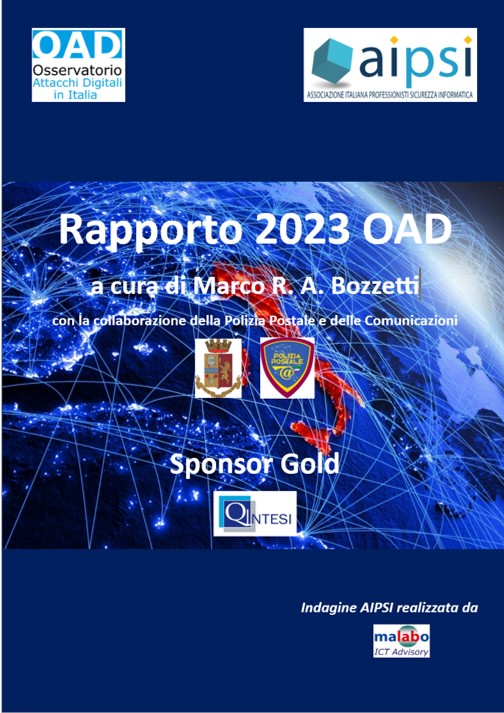
The corporate service "ICT Analysis Value" enables a qualitative and quantitative evaluation of the computer system's contribution to company's business, current or expected. The analysis methodology, which can be strongly customized according to the specific company needs, refers to the most established "best practice", such as COBIT, and to International Accounting Standards IAS/IFRS, specifically IAS 38 in relation to enhancement of intangible assets.
The implemented metrics, changeable as appropriate, can be applied to the full Information System (IS) value to increase the wealth of the entire Company/Institution, or with respect to only certain sections of IS concerning specific processes/activities (for example, sale online, industrial automation, etc) and/or particular departments/Business Unit.
The metrics used for qualitative analysis is summarised in the figure below and it is designed in 5 crucial stages:
- Identification of Critical Success Factors (CSF) of the company
- Assessment of the contribution of the business processes to CSF
- Assessment of the ICT contribution to business process
- Assessment of the ICT contribution to FCS
- Measure of ICT value for the company
Malabo has produced some spreadsheets which offer an easier and more uniform data collection, including assessments, concerning every manager and/or each business section.
These spreadsheets work, at the same time, as questionnaire and processing tools: they include a limited number of questions (30-40), most of them present a set of pre-defined answers to choose.
After responding to the questionnaire, the business owner and the company's management carry out a "guided" analysis of strenghts and weaknesses as far as the use of ICT inside the company.
In most cases, Malabo sets up a meeting with all partners in order to explain objectives, metrics and procedures for compilation.
The quantitative analysis adds the analysis of ICT costs, both direct and indirect, to qualitative analysis mentioned above, in addition to economic assessment of their contribution to company's business, including direct, indirect and intangible input: the sales increase through eCommerce and web portal, the reduction of the stocks in warehouse, the automation of some processes, the increase in efficiency and workforce productivity, reduction of overheads and office costs represent typical examples.
The economic indicators shall be agreed with Administrative Director/Chief Financial Officer (CFO); they are settled down from Total Cost of Ownership (TCO), from Return of Investment (ROI) and DCF, Discounted Cash Flow.
The Analysys results not only contribute to a realistic assessment of ICT contribution to business - as pointed out in graphics below - but also they aim to raise awareness concerning company's management for the continuos improvement and effective governance of ICT, aligned to the evolution and administration of the company.




